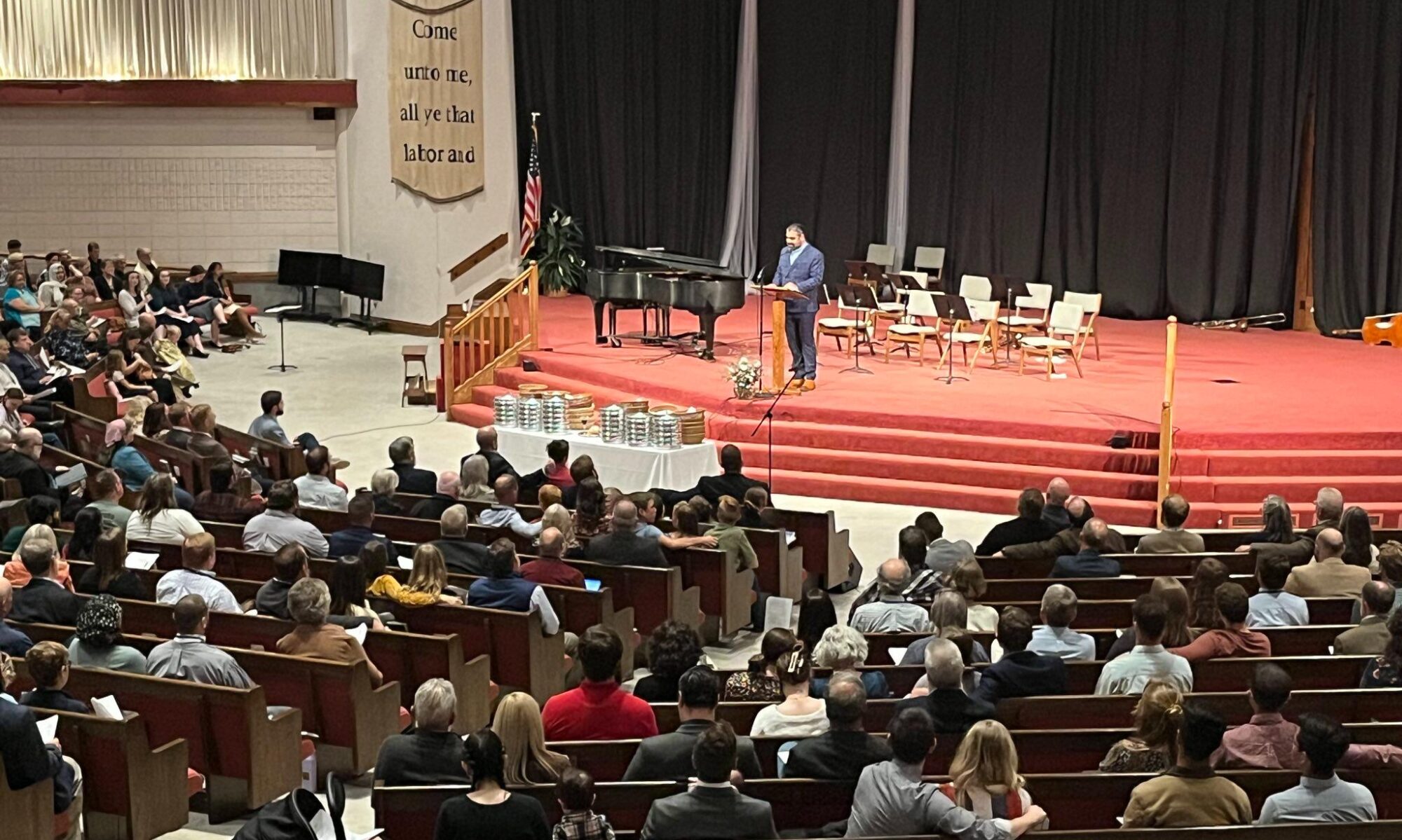 I hope to write in the next 18 months a short booklet on eschatology. I have written some papers in the past, but have not been able to provide a general outline, specifically of the postmillennial hope, and its contrast with other millennial positions.
I hope to write in the next 18 months a short booklet on eschatology. I have written some papers in the past, but have not been able to provide a general outline, specifically of the postmillennial hope, and its contrast with other millennial positions.
Obviously, there are many wonderful works out there. From John Jefferson Davis to Keith Mathison, and the multitude of theonomic works from the 70’s and 80’s, namely, many of David Chilton’s work (especially his Revelation commentary).
At the same time, there still seems to be a dearth of introductory works at a more layman level. The typical parishioner who has sat under postmillennial preaching for years still finds himself confused by all the labels used. If he has not been immersed in a reformational vocabulary, he is bound to confuse categories and chronology. Naturally, they find themselves incapable of articulating why this optimistic vision contains a progression beginning in Genesis and flowing throughout the New Covenant writings.
Panel Discussion on Eschatology

I listened recently to a panel discussion on eschatology at ETS held some years ago. The postmil advocate (a conspicuous minority in that room) offered a helpful treatment of the chronology of I Corinthians 15:22-26. While helpful, that type of assessment needs to be incorporated into the broader corpus of the Scriptures. For instance, I find it unfathomable to begin a conversation on eschatology without considering the promise of Genesis 3:15 and the motif that is unfolded throughout the other books, namely Judges with its five-fold illustrations of head-crushing.
Poythress, a noble advocate of the Amillennial view, sees the postmil vision more adequately than most, but still does not see why the vision of the Puritans, for example, is a vision of a christianized society. He argues, in this panel discussion, that if postmil advocates were to focus more on the Second Coming then he would have more in common with them. Well, there is no doubt we focus on the Second Coming, the final parousia, but history is a progression. We look to the coming of Christ at the end of history while not discounting the purposes of Christ throughout history and in history.
The famous Hallelujah chorus grasped this already-ness of the kingdom:
The kingdom of this world
Is become the kingdom of our Lord,
And of His Christ, and of His Christ;
And He shall reign for ever and ever,
For ever and ever, forever and ever,
King of kings, and Lord of lords,
King of kings, and Lord of lords,
And Lord of lords,
And He shall reign,
And He shall reign forever and ever,
King of kings, forever and ever,
And Lord of lords,
Hallelujah! Hallelujah!
We are in full agreement concerning the restoration of the world. And to quote Poythress, we are not waiting for the dissolving of the cosmos, but its restoration, while at the same time we need to believe and trust that the enthronement of King Jesus means the de-thronement of Christ’s enemies. If it is true that he must reign until all his enemies are under his feet, then this reign is quantitative, not just merely spiritualized.
The Gospel promises a discipled world (Mat. 20:18-20) and discipleship and baptism imply a qualitative and quantitative narrative of history. This tangibility of the Gospel vision is the hope of the consistent eschatology of the Scriptures.


 I hope to write in the next 18 months a short booklet on eschatology. I have written some papers in the past, but have not been able to provide a general outline, specifically of the postmillennial hope, and its contrast with other millennial positions.
I hope to write in the next 18 months a short booklet on eschatology. I have written some papers in the past, but have not been able to provide a general outline, specifically of the postmillennial hope, and its contrast with other millennial positions.